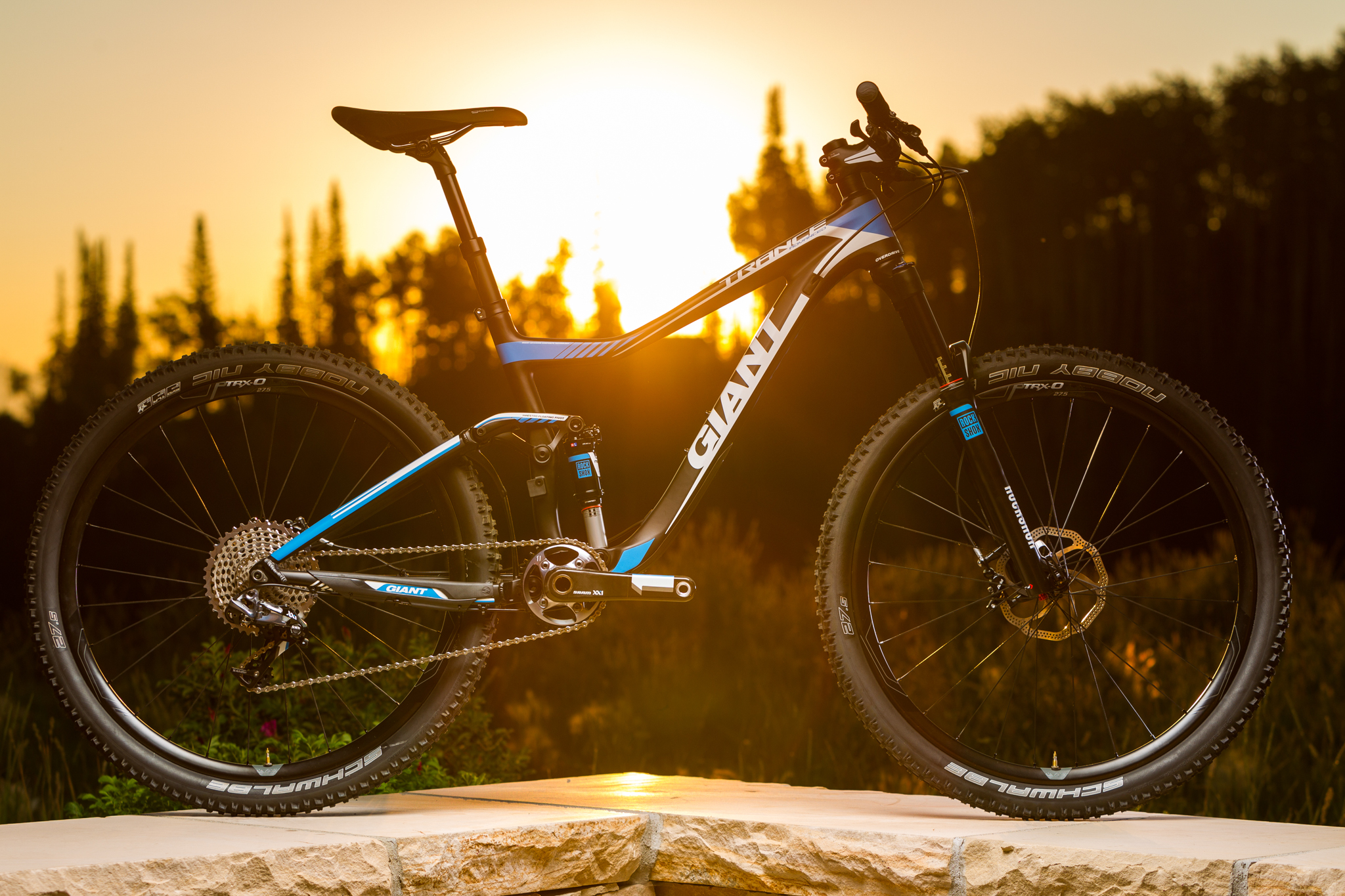Eurobike, the cycling industry’s biggest annual peep show, has drawn to a close, offering us an opportunity to assess the state of play when it comes to mountain bike technologies and trends for the coming year.
The overarching movements in mountain bike development for 2014 is towards versatility. Despite the fact mountain biking has more sub-genres than there are spokes in a wheel, the most impressive technological advancements have stemmed from the quest to develop do-it-all bikes. Each year, that garage de-cluttering enigma of the ‘one bike quiver’ draws closer!
So what are the new technologies and trends that are helping to bring this dream ever closer?
Geometry designed with stability in mind:
2014 sees a solidification of geometry trends that have been afoot for a number of years now. Longer top tubes, slacker head angles, shorter stems and wider bars. And it’s not just all-mountain bikes that are receiving this treatment too, with cross country and trail bikes gaining a level of sure-footedness and confidence that hasn’t been seen before.

If there’s one brand that’s indicative of this trend, it’s Giant. For years we’ve thought that Giant’s bikes were too short and too step; for 2014 it’s like someone flicked a switch over at Giant! All of a sudden, bikes from the world’s biggest manufacturer are appearing with the kind of geometry and cockpit setup that can instil confidence into even most nervous rider. The new Trance series in particular captures this geometry trend perfectly.
Bigger forks:
We’ve said it many times here at Flow – stiffness=confidence=more fun. Unless you’re racing at the pointy end, the small weight penalty of a through axle or larger diameter stanchions on your fork is well worth it.

FOX may have established themselves as the kings of the burly trail fork, initially with the 36 and then with the 34 series, but it’s the revitalised Rockshox Pike that has got us truly foaming. With 35mm stanchions, options for 26″, 27.5″ and 29″ all at very reasonable weights, it’s the fork to beat in our mind for 2014.
Single rings:
The expansion of SRAM’s single-ring 11-speed drivetrain solutions is a big deal, with a lower priced X01 version now sitting beneath the premium XX1 groupset. Clearly it’s only a matter of time before this technology is available at even lower price points.
No matter how strong an advocate Shimano may be for the front derailleur, there’s no way they can ignore the popularity of single-ring drivetrains. We eagerly await their response to SRAM’s move.

Ok, you lose some gear range with a single ring drivetrain, but it’s amazing how little you find yourself wishing for a lower or taller gear than is offered by SRAM’s X01 or XX1 drivetrain. The tradeoff for the silence, simplicity and low weight is well worth it in our opinion.
We’re also starting to see bike manufacturers embrace the true potential offered by single rings. The new Specialized Epic World Cup is ultimate example. Without a front derailleur, Specialized have been able to give this bike massive chain stays for incredible stiffness, shorten up the rear end for better handling and lighten the whole bike up too.
Options for wheel sizes:
There are two sides to the coin when it comes to the sudden onslaught of 650B bikes. On one hand it’s very confusing out there now if you’re not sure exactly what you’re after. On the other, the big positive is that riders now have options galore to match their preferred wheel size to their riding style.

What has been interesting (and unexpected) from our perspective, is that 650B bikes haven’t just been introduced in the longer travel arena where the 29″ wheel was seen as inappropriate or infeasible. We’d predicted 650B to dominate in the market from 130mm up. Instead, we’re seeing 650B bikes throughout the entire spectrum of mountain biking, including cross country race hardtails and short travel 29ers, firmly seen as the domain of 29ers previously.
We’re concurrently seeing more and more long-travel 29ers too. Bikes like the Specialized Enduro 29, Niner WFO9, Yeti SB95 and BMC Trail Fox are all combining big wheels and big travel to great effect.
In 2014 it’s clear that there are no ‘rules’ about wheel size suitability any more, and this gives riders more freedom to pick their favourite wheel size, no matter what style of bike or riding they want to do.
What new trends have got you pumped or confused?